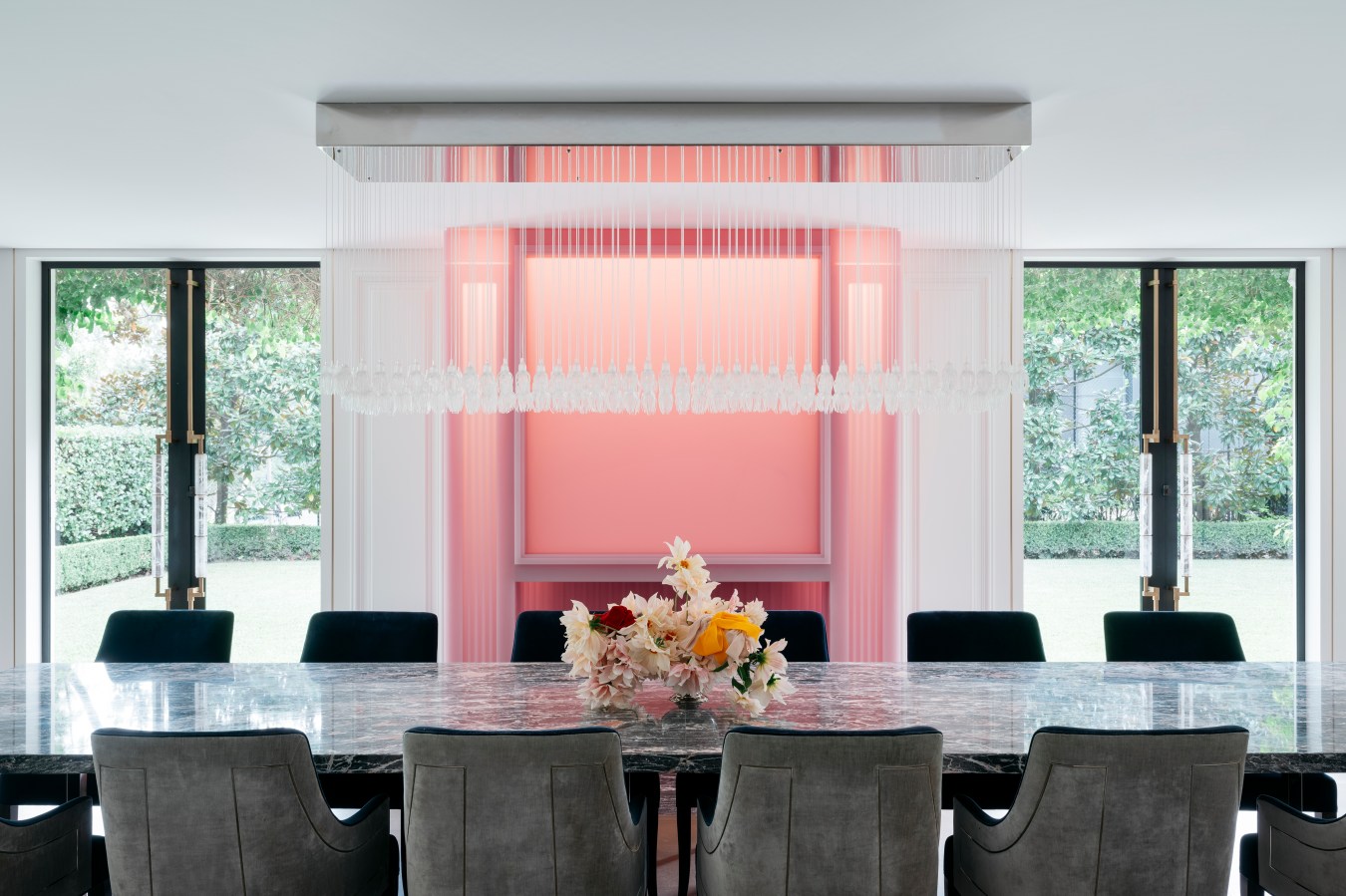Landscaper to the rich and famous, Michael Bates, reveals why his techie clients get down in the weeds and why property people like their plants big.
This article featured in issue 10 of Forbes Australia. Tap here to secure your copy.
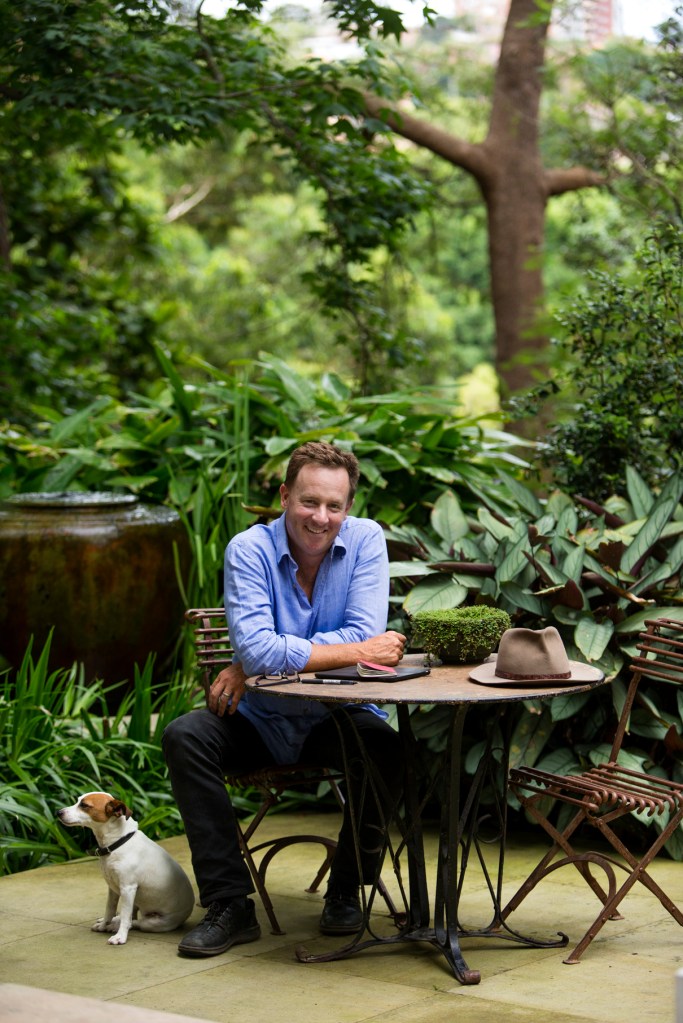
Michael Bates, author of The New Australian Garden, has designed and built backyards for some of Australia’s richest and most famous people – under strict confidentiality.
What have you noticed about your high-end clientele?
I make a point not to Google my clients, so I only get to know them through what they reveal to me. That’s an important element because trust is crucial to building gardens. They’ve got to have a strong sense that you’re there to do the best things for their property.
When did you start to attract clients at that end of the market?
Probably the mid-noughties. I started my business in 1993. It takes about a decade
to work out how to do the job. I was on two television shows in 1999 and 2000. There was a point when there wasn’t a landscaper in Sydney who wasn’t on a lifestyle show. That created a buzz. It’s a word-of-mouth thing. You work with one high-end client and discover that they’re connected to a network of others, and they pass you around like you’re a precious object.
“Property people understand that they’re creating real value by plant growth, so they’re into investing in big plants and creating a more instant environment.”
What did you notice about those types of clients?
It’s very hard to determine who is what anymore. It was pretty easy to see who the wealthy individuals were in the late 90s. There were rules of good taste. You didn’t put this with that. But now, people have created wealth in so many different ways. We’ve got the dot-com people, start-up people, property people, corporate fliers, small business people, bankers. They all come with a completely different frame of reference and a different way of viewing the world.
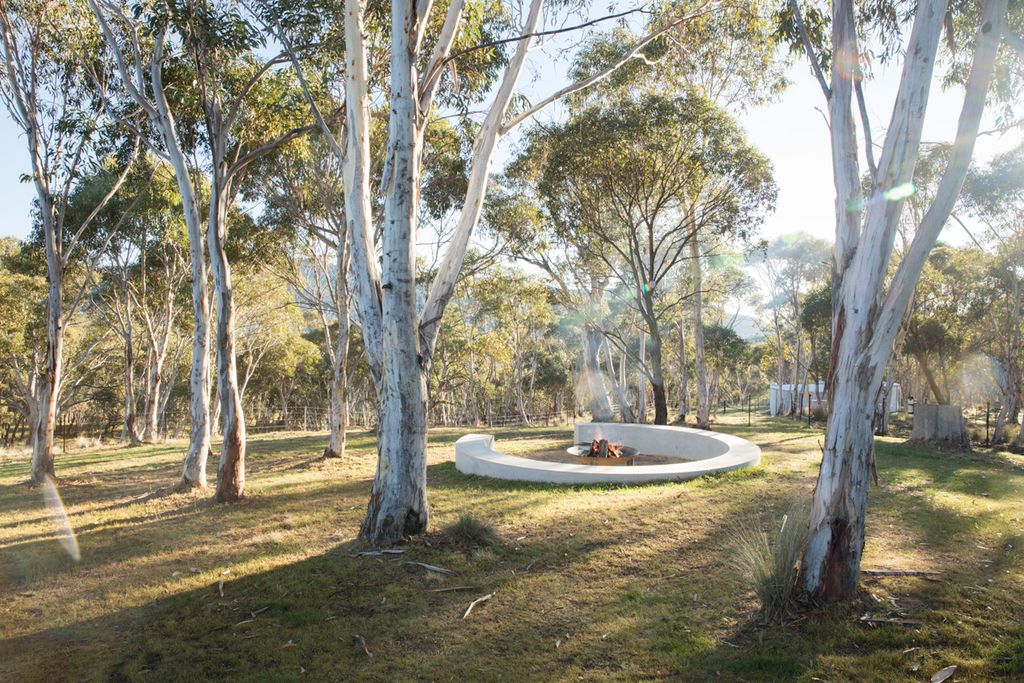
How does that influence the way they want their gardens?
People spend money the way it comes in. If it comes in big chunks, they spend it in big chunks. If it comes in slow and hard, they spend it slow and hard. If it comes in consistently, they spend it consistently.
But I think there are two types of high-end clients. There are clients who just want the result and just want the turnkey outcome. They want to come in and feel like they’re living in a resort. And then some clients really enjoy the process. They want to get down there and become engaged in every detail.
I find that with the IT guys, they’re bright and they’re interested in every detail. They understand that details matter. Property people understand that they’re creating real value by plant growth, so they’re into investing in big plants and creating a more instant environment. Corporate people are more strategic, so if you can put together a master plan that is cohesive and understandable, they’ll embrace that.

What do they want in a garden?
A lot of what we’re providing today, as proponents of the “new Australian garden”, is facilities to conduct family life – all the activities that you’re doing inside that you want to do outside – outdoor dining, outdoor lounge, teenage hangout, conversation pits, firepits. It’s not just about creating a calm, tranquil atmosphere. It’s about making sure you’ve got flow spaces and breakout spaces from the inside to the outside so you can step outside and take a call or email. You want your adult kids to come around and bring their friends, so you make environments conducive to that.
Wellness centres are a big part of it now, too, where you’ve got gyms, saunas, massage and ice baths because people understand that having money is not just about having a beautiful place, it’s about living a long, healthy life.
Moving flame and moving water are important. It’s elemental. We create water features where they’re going to be seen from lots of different places. It’s not just moving water to avoid mosquitoes. It’s moving because, at different times, it will bounce light into different parts of the garden and the house. Shadows and movement of light are integral in crafting a beautiful garden.
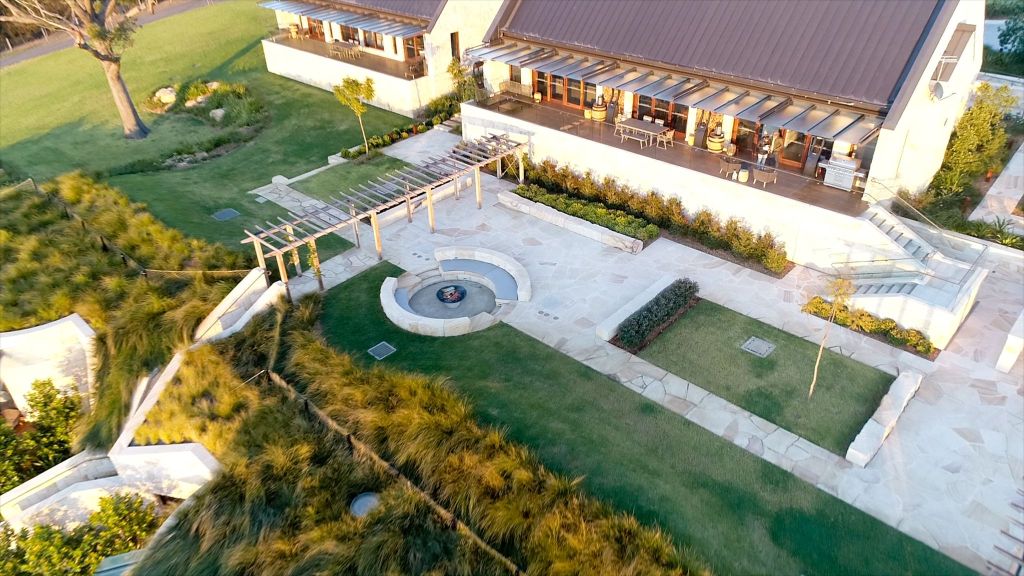
What inspired you to get into landscaping?
Like a lot of people with Attention Deficit Disorder (ADD), I just wanted to have a career that was outside. I was interested in science and the arts. Garden design and landscape architecture are perfect forums for somebody interested in the empirical and the romantic. The empiricist sees the beautiful flower in the meadow, dissects it and analyses its parts under the microscope. The romantic sees the flower in the meadow, observes it over time, and writes poems and dances around it. To be a great garden designer, you need to be able to think in both those realms.
I’m sure Michael Bates wasn’t thinking like that as an 18-year-old just leaving school.
My grandmother was a great gardener, and I liked that optimistic act of digging a hole and putting a tree in it and that it grew. To be surrounded by plants that are growing is deeply satisfying. It’s almost a religious experience for me.
After four years at Hawkesbury Agricultural College and Ryde Tech, I got a job with a Japanese landscape architect, Masayoshi Uchiyama, who was working on the Japan pavilion at Brisbane World Expo 88. It was a bit of a Karate Kid sort of experience.
The first thing they do is send you to study Ikebana flower design. As a young boofhead Australian, I thought, “What do you mean you want me to go and study flower design?” But you’ve got to be able to understand the micro to manipulate the macro – it transforms the way you see the world and the way you see nature. I became a complete Nipponophile. It sets a lens, a way of looking at the world and looking at composition.
Was that a lesson from Uchiyama?
There were a lot of lessons: discipline, the handling of tools, and the commitment to high detail and process. It’s a layered process. It’s been fully formed for centuries in Japan, whereas the landscape profession in Australia started in the 70s, other than a few garden designers working for the very wealthy.
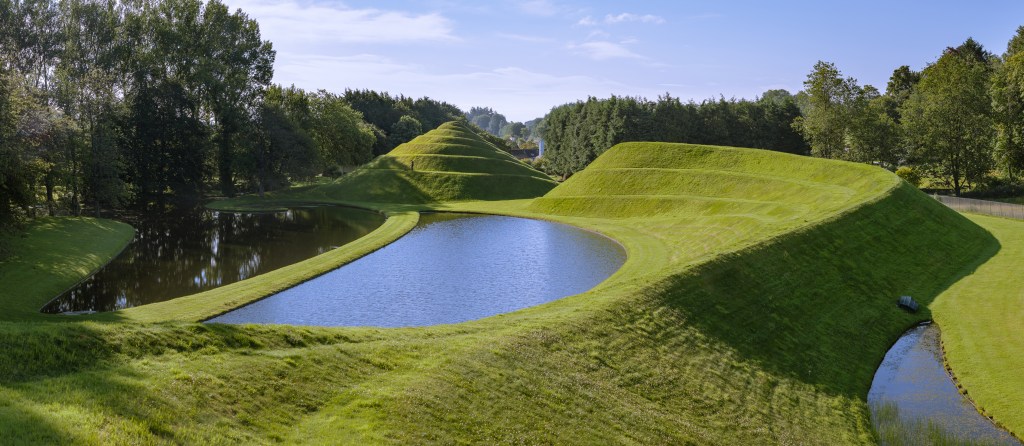
So why aren’t you doing Japanese gardens now?
I grew from that because it’s a contrivance. It’s hard to put it in the Australian context unless it’s a completely walled-off garden. So, I moved on to embrace the Australian environment. I went through a native phase, a rainforest phase, a cottage phase and a subtropical phase. Recently I’ve been committed to the American architect and landscaper Charles Jencks and his Scottish landform gardens. But at the same time, I’m doing a lot of Mediterranean-style gravel gardens. The important thing is that you are outward-looking. Our clients come from many different cultures and relate to their gardens in myriad ways. It’s not just about giving the clients what they want. It’s fun to create different things as a different response to different sites.
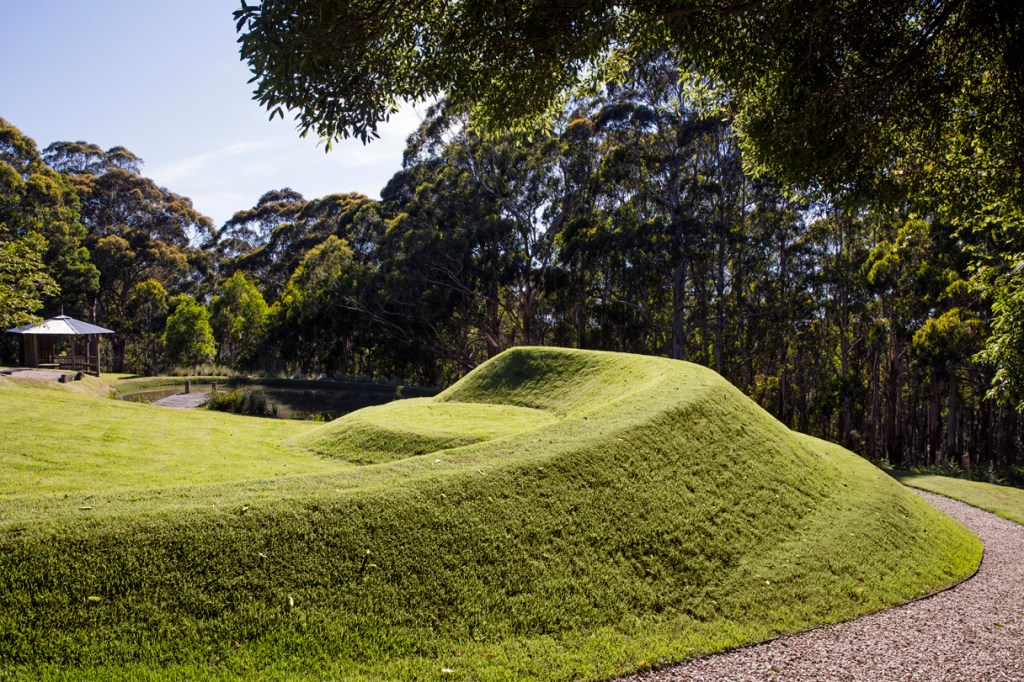
What’s on trend?
The Mediterranean garden is in vogue. Many bankers planted vineyards and olive groves a while back and then discovered that olive groves weren’t viable because of the price of labour to pick the olives. So they’re all being dug up, and we’re getting hold of the trees and planting 30-40-year-old olives and giving our gardens a real sense of being established from day one. Italy, Spain and Greece are always in fashion in Australia because the southern Europeans have a generosity and hospitality that Australians see as desirable. They know how to live, how to eat and grow.
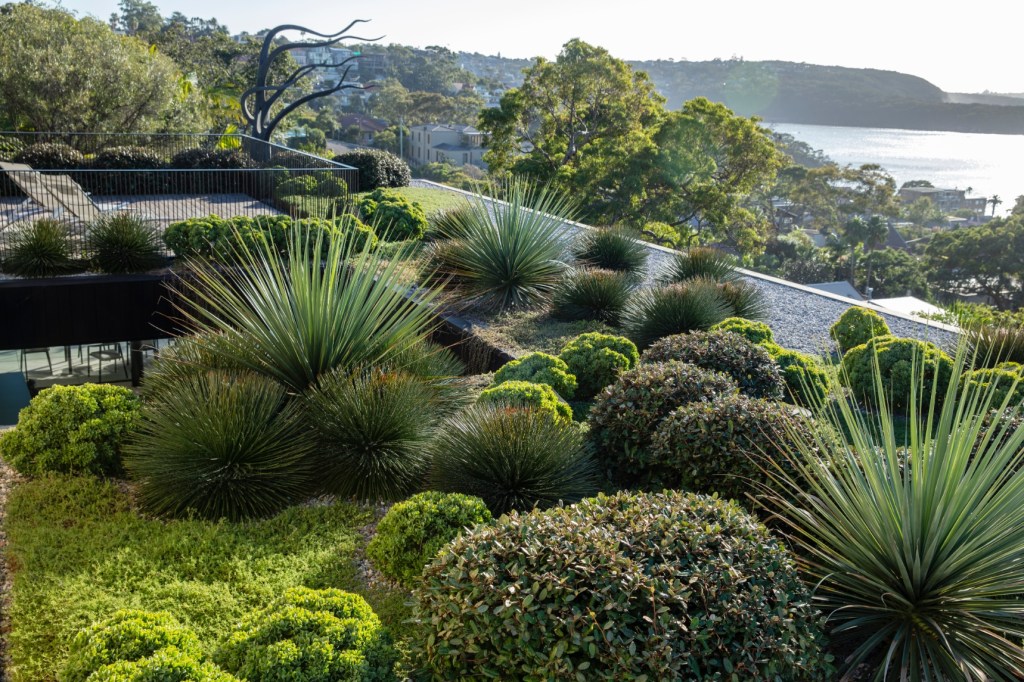
Do you do much in your own garden?
I’m about to move to a place with a small garden, but I can satisfy all of my needs to garden in my Blue Mountains place. I’m 24 years into a 30-year program. I only get to do it on weekends. I’m scratched and sore now because I get all wound up and write cheques my body can’t cash. It’s therapeutic for me to get out there and physically garden. When you clean the house or your car, it gets dirty again. But when you make the right intervention by pruning a plant, fertilising, watering, and nurturing it, you come back, and it’s significantly better than when you left it. It’s life-affirming.
